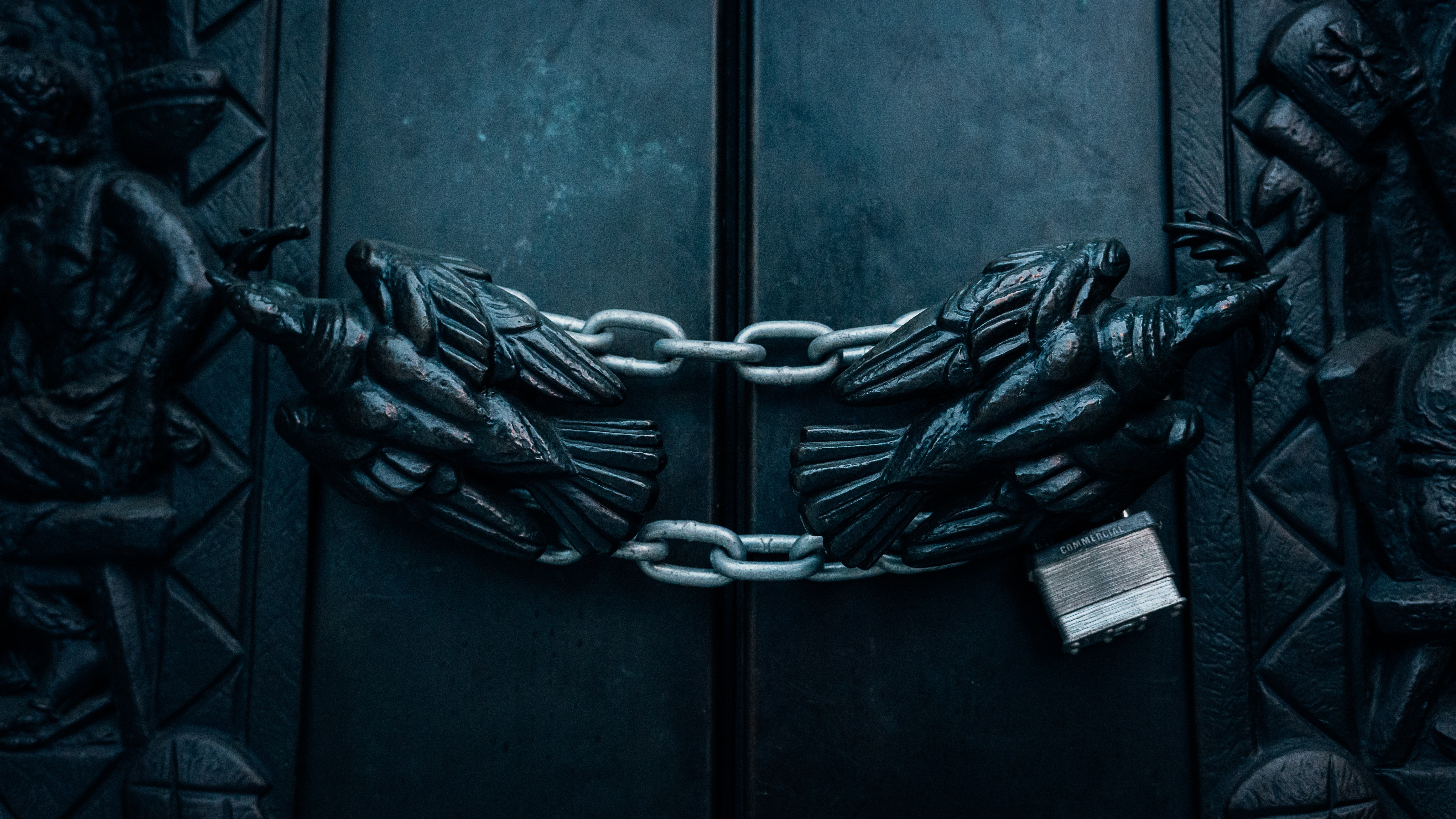How to overcome the escape room repeat business challenge
Posted on: 2021-02-12
Conventional business wisdom says a new customer costs five times as much as getting a sale from an existing customer.
Makes sense. If you’ve been to a restaurant before, even if you only had an average experience, returning is less of a risk than eating somewhere you’ve never been before.
During the pandemic, businesses have been turning to their repeat customers to help them make it through. Even when completely unable to operate, there’s no shortage of stories online about how local business communities have encouraged their customers to purchase gift cards, even if they don’t use them for months, to help with the cash flow.
So, it’s usually in a business’ best interests to do everything they can to retain customers and earn repeat business. Especially now. So where does that leave escape rooms?

Escape Rooms Are a One-Time Activity
The big challenge with escape rooms and repeat business is obvious: once a customer’s done a room, they won’t do that room again. It's not like a movie where they might want to experience the spectacle multiple times: the value is almost entirely in the process of figuring out the puzzles.
Most escape room businesses operate several rooms so there’s an option for repeat business. But you’re ultimately limited by space.
- You generally can’t just add on an extra room to the space you’re leasing
- You might find a bigger space but lose an incredible location
- You might be locked into a lease contract that doesn’t align with your actual potential
When the cost of a new sale from an existing customer involves tearing down one of your attractions and designing and building a new one (or actually moving to a new location), that new versus repeat customer calculation isn’t so clear cut. There’s a lot of pressure to pursue more and more new customers until you feel one of your rooms has reached the ceiling for business in your area. Only then does it make most sense to shut one down and replace it.
Once a customer has exhausted the rooms they're interested in, most escape room owners probably find it's a lot cheaper to attract new customers. But if the best way through the pandemic and its cautious public is by leveraging existing customers, how does that square with the usual strategy?
Earn More Escape Room Repeat Business in the Pandemic
Working around the limits of repeat business by keeping the effort up on attracting new business might be the usual strategy. But with some escape rooms prevented from operating at all for multiple months, and certainly few able to operate as normal for the last year, that won’t necessarily be the best way to approach reopening or working under restrictions.
When life starts returning to normal, people will not hesitate to start doing all the things they wish they’d been able to do since the start of the pandemic. But at the same time, when they suddenly have all the choices in the world, they’re likely to pick the easier ones that let them see the most people with the least friction.
Restaurants, pubs, days at the beach — these are all likely to be top of mind. And every entertainment business in their area will all be ravenous for their business. Will the prospect of going back into lockdown for 45 minutes, in a dark, enclosed room, really be the easiest sell, even if it’s still incredibly fun?
You’re going to have to make it stand out. And you’re going to have an easier time doing that with people who have already enjoyed your experiences.
So What’s An Escape Room to Do?
Many escape rooms have been at work while closed down. It may not ordinarily be the best time to cycle out an old room and start designing a new one, but these are clearly not ordinary times.
Having a brand new room to promote when it’s finally time to properly reopen, or even now if you’re able to accommodate private or same-household bookings, is one vital card in any escape room business’ deck.
Let your previous customers know you’ve developed something awesome. Same amazing quality they loved when they played the old room — but it’s brand new, ready to be solved!
You can also look into other ways to augment your business. One escape room product you may have heard of is the virtual reality escape room.
Or, maybe more importantly, virtual reality escape rooms. Plural.

Operate Five Rooms in One Physical Space
The big benefit of adding a virtual reality escape room to your business in making the most of the current situation, and preparing for the competitive post-pandemic entertainment boom, is simple: the same physical space hosts multiple rooms.
Because everything your customers see is in the headset, it only takes a click of a mouse to send your group deep below the ocean surface — or high above the Earth. There’s nothing you need to tear down or reset. One group escapes from a dragon, while the next investigates a spooky manor.
You’ve got the same genre of puzzle-solving your customers are used to in the physical rooms, but you’re able to offer more.
If you run three rooms, you can at most hope for three sales from any individual customer before you have to commit to a significant expense.
If you use one of those three rooms to host five VR escape rooms, you can now get up to seven — or more. You’ve more than doubled the number of potential sales — and can better take advantage of the fact that it’s much easier to earn repeat business than new.
Which is of course, not to say virtual reality won’t help you reach a whole new market segment anyhow!
Want to learn more about VR escape rooms? We help more than 50 partners worldwide bring incredible VR experiences to their customers with expert setup advice and a growing library of seven VR scenarios. Find out how to become a partner here.

